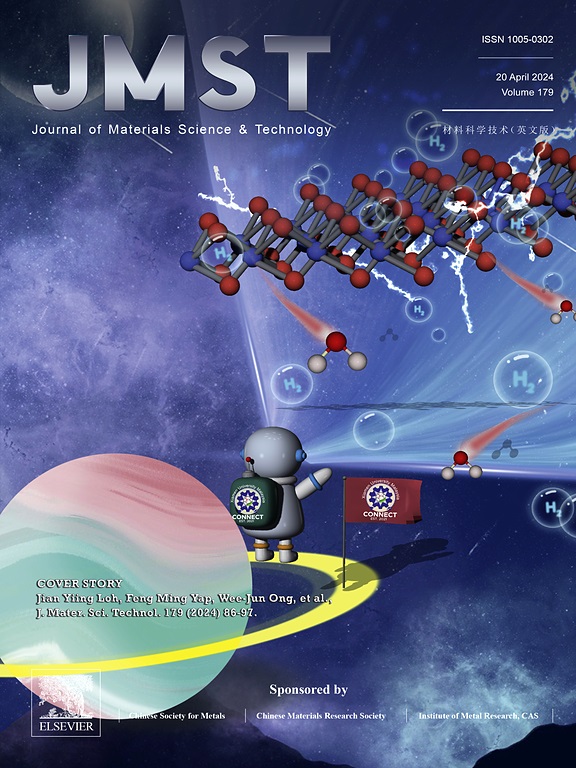β-ketoenamine based covalent heptazine polymers with significantly superior photocatalytic activity to g-C3N4
IF 11.2
1区 材料科学
Q1 MATERIALS SCIENCE, MULTIDISCIPLINARY
引用次数: 0
Abstract
The rational design of new covalent heptazine polymers (CHPs) is one of the current hot and challenging topics in the field of photocatalytic materials, due to its great potential prospects, limited available monomers, and reaction types. Herein, two novel CHPs (MT and MTA) were successfully prepared by the Michael addition-elimination reaction of melem with β-ketoenamine monomer 1,3,5-tris(3-dimethylamino-1-oxoprop-2-en-yl)benzene (TDOEB) and 1,3,5-tris(4-(3-dimethylamino-1-oxoprop-2-en-yl)phenyl)triazine (TDOEPTA), respectively. Experiments combined with density functional theoretical calculations revealed that β-ketoenamine fragments bridging greatly improved the conjugation of MT and MTA, and its light absorption was significantly expanded to over 600 nm. The donor-acceptor structure between melem and β-ketoenamine moieties led to a significant reduction of exciton binding energy (Eb), promoting the dissociation of excitons and oxygen activation, and thus exhibiting superior photocatalytic activity for bromination reaction, [3+2] cycloaddition reaction, selective oxidation of phenyl C–H bond and thioether with both conversion and selectivity more than 99%. This work opens up a new approach for the synthesis of highly efficient CHPs and expands their applications in photocatalytic organic synthesis.

β-酮胺基共价七嗪聚合物对g-C3N4具有显著优越的光催化活性
新型共价七嗪聚合物(CHPs)的合理设计是当前光催化材料领域的热点和具有挑战性的课题之一,因为它具有广阔的发展前景,可用的单体有限,反应类型有限。本文分别以β-酮胺单体1,3,5-三(3-二甲氨基-1-氧丙基-2-烯基)苯(TDOEB)和1,3,5-三(4-(3-二甲氨基-1-氧丙基-2-烯基)苯基)三嗪(TDOEPTA)为原料,通过Michael加成-消除反应制备了两种新型CHPs (MT和MTA)。实验结合密度功能理论计算表明,β-酮胺片段桥接大大提高了MT和MTA的共轭性,其光吸收显著扩大到600 nm以上。melem和β-酮胺之间的供体-受体结构导致激子结合能(Eb)显著降低,促进激子解离和氧活化,从而在溴化反应、[3+2]环加成反应、苯基C-H键和硫醚的选择性氧化中表现出优异的光催化活性,转化率和选择性均超过99%。本研究为高效热电联产的合成开辟了一条新途径,并扩大了其在光催化有机合成中的应用。
本文章由计算机程序翻译,如有差异,请以英文原文为准。
求助全文
约1分钟内获得全文
求助全文
来源期刊

Journal of Materials Science & Technology
工程技术-材料科学:综合
CiteScore
20.00
自引率
11.00%
发文量
995
审稿时长
13 days
期刊介绍:
Journal of Materials Science & Technology strives to promote global collaboration in the field of materials science and technology. It primarily publishes original research papers, invited review articles, letters, research notes, and summaries of scientific achievements. The journal covers a wide range of materials science and technology topics, including metallic materials, inorganic nonmetallic materials, and composite materials.
 求助内容:
求助内容: 应助结果提醒方式:
应助结果提醒方式:


